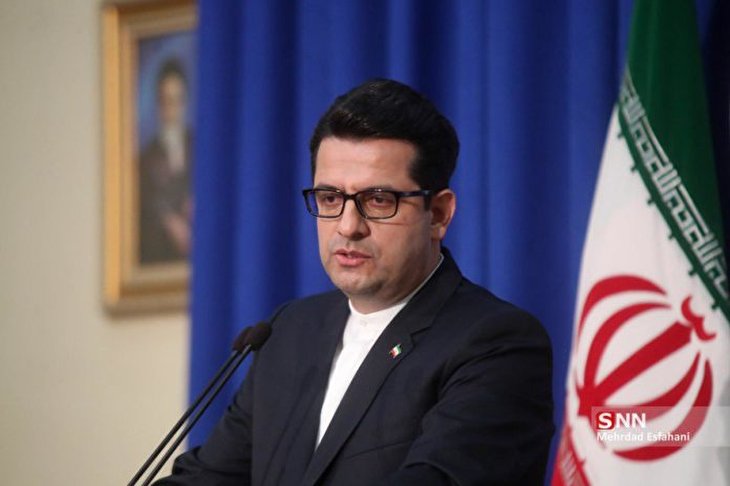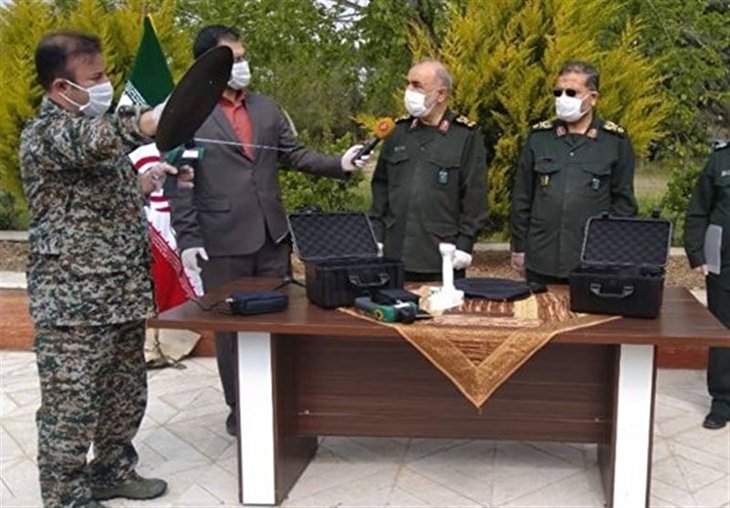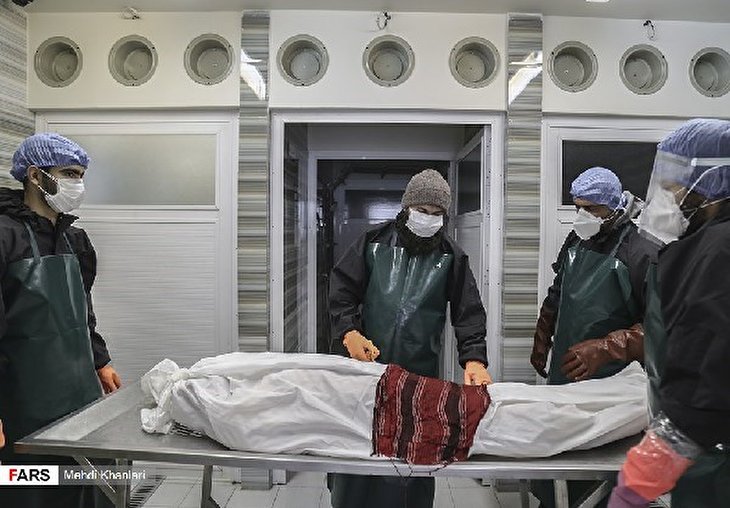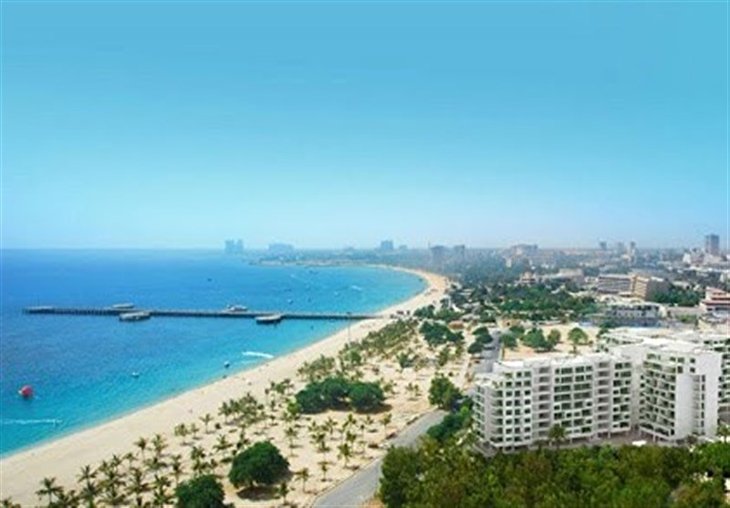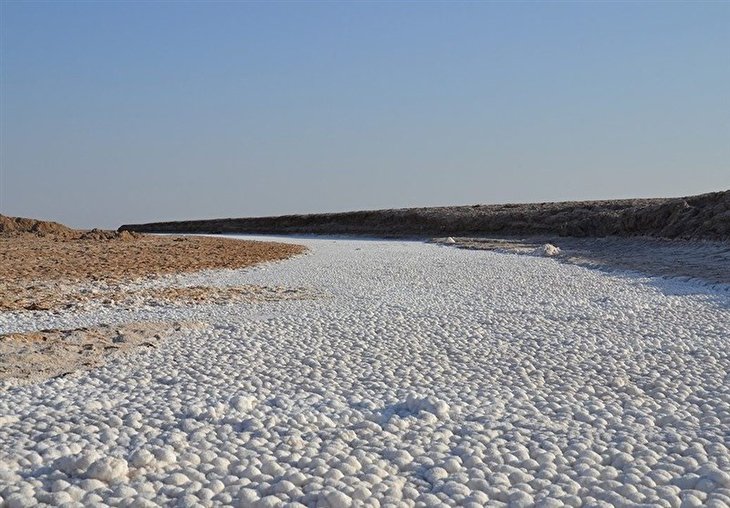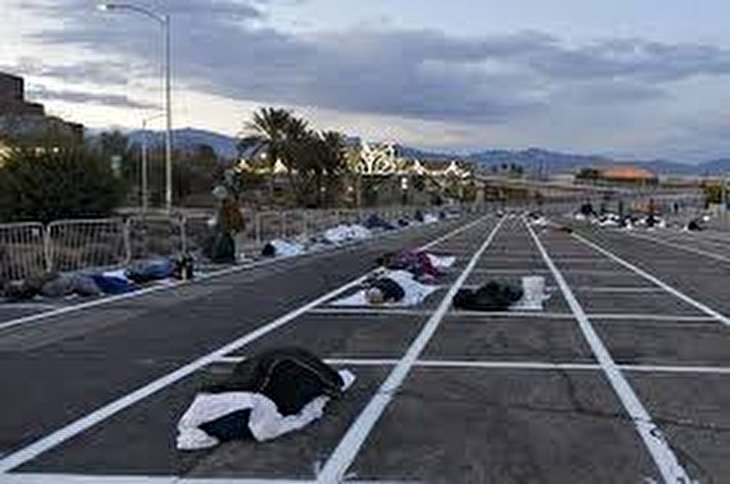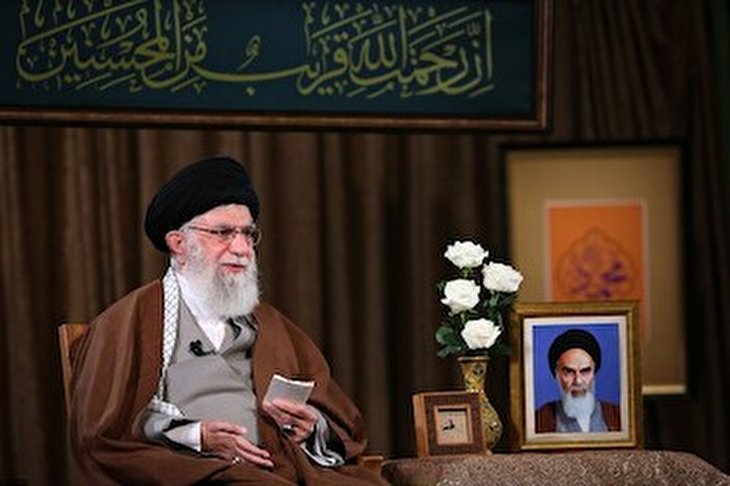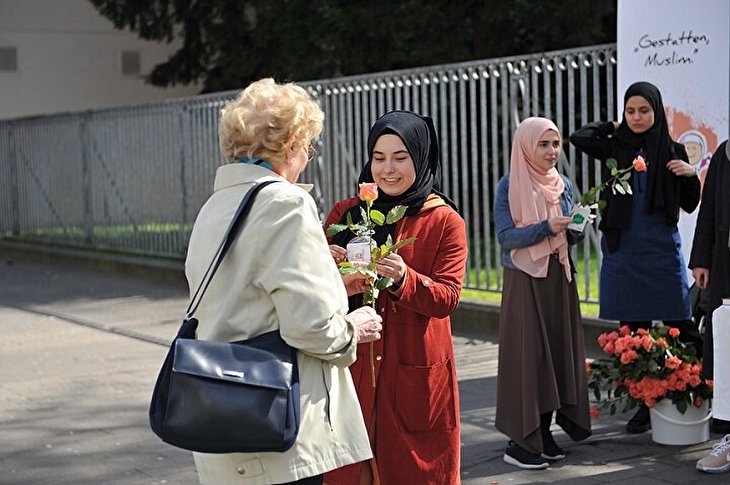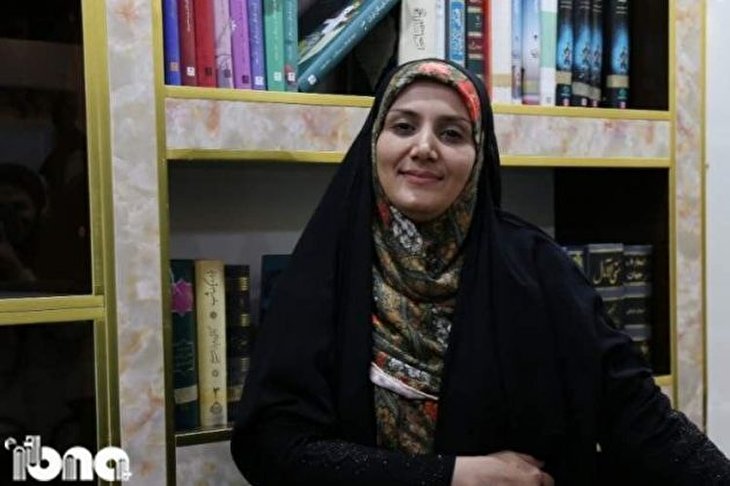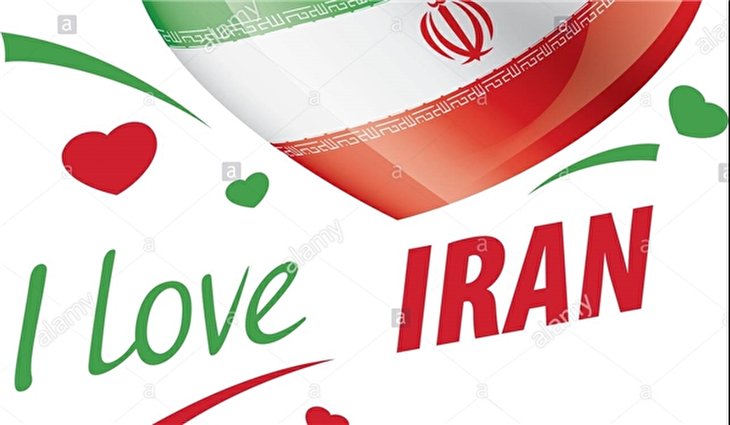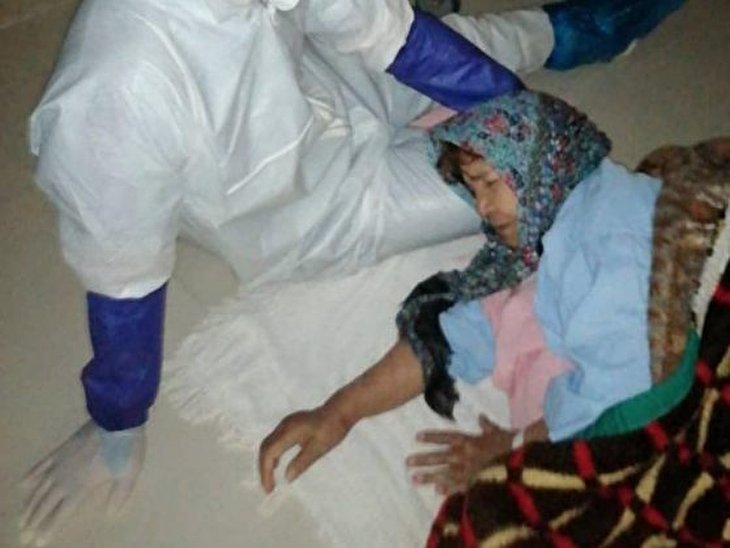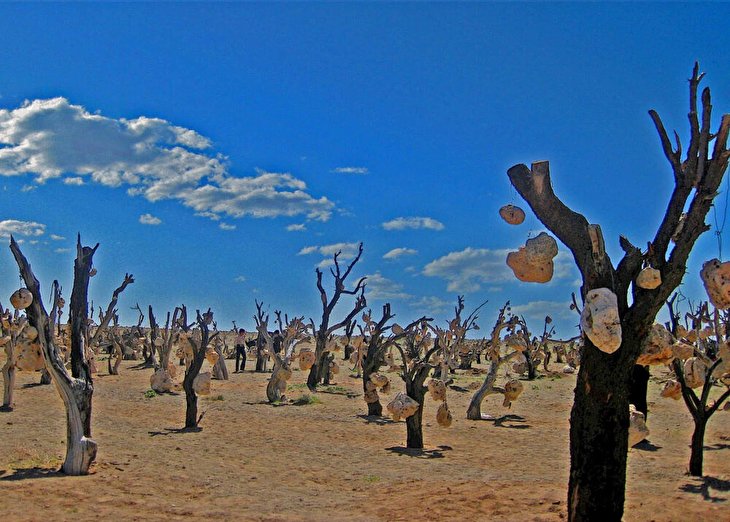Iran's enrichment capacity to hit pre-JCPOA level: AEOI spokesman
Tehran (Basirat) :The spokesman for the Atomic Energy Organization of Iran (AEOI) says with the new centrifuges installed following the third step that Iran took to reduce its commitments under the 2015 nuclear deal, the country’s enrichment capacity is to reach the level it was before signing the agreement.

Speaking in an interview on Thursday, Behrouz Kamalvandi said, “With the new machines, which have been installed after taking the third step [to reduce Iran's commitments under the deal], 2,600 SWU (separative work units) have been added to the country’s enrichment capacity.”
The nuclear deal, officially known as the Joint Comprehensive Plan of Action (JCPOA), was reached in Vienna in July 2015 between Iran and the P5+1 group of states -- the US, the UK, France, Russia, and China plus Germany. It lifted nuclear-related sanctions against Tehran, which, in turn, voluntarily changed some aspects of its nuclear energy program.
The US, however, left the accord last May and reinstated its unilateral sanctions against Iran. The European deal partners, meanwhile, have bowed to Washington’s pressure, failing to honor their contractual obligations to protect Iran’s economy in the face of America’s “toughest-ever” bans.
In response, Iran initiated a first step in reducing its obligations under the JCPOA this May by increasing its enriched uranium stockpile to beyond the 300-kilogram limit set by the JCPOA.
The second and third steps followed after Washington insisted on its violations of the JCPOA, and the European signatories sustained their non-commitment. In the second step, Tehran began enriching uranium to purity rates beyond the JCPOA-limit of 3.76 percent. The third bout had the country start up advanced centrifuges to boost its stockpile of enriched uranium and activate 20 IR-4 and 20 IR-6 centrifuges for research and development purposes.
Iranian Foreign Minister Mohammad Javad Zarif told EU foreign policy chief Federica Mogherini on Thursday that Iran was further scaling back its commitments under the nuclear deal come Friday.
On Tuesday, President Hassan Rouhani announced the fourth step, saying that Tehran would begin to inject uranium hexafluoride (UF6) gas into centrifuges at its Fordow enrichment facility on Wednesday, as a third 60-day deadline for the European co-signatories to fulfill their side of the deal expired. Located in central Iran, Fordow houses 1,044 centrifuges.
President Rouhani says Iran will start injecting uranium gas into centrifuges at the Fordow facility on Wednesday, in the fourth step towards scaling back its commitments under the 2015 nuclear deal.
Elsewhere in his Thursday remarks, the AEOI official added, “A total of 15 new machines were installed after the third step, which increased our total nuclear production capacity to 2,600 SWU. Today, the work at Fordow has been finished and four more cascades will be added… to increase our total capacity by about 700 SWU. When the work is totally done, our overall [enrichment] capacity will stand at about 9,500 SWU, which is the level we held before singing the JCPOA.”
“Of course, our pre-JCPOA [enrichment] capacity was 1,000 SWU more [than this]. But the difference is that we have many advanced machines at our disposal. The farther we go, the more we can harvest from these machines. The knowledge that we receive too will help us enhance the quality and functionality of the machines,” Kamalvandi added.
IAEA Board meeting on Iran
The spokesperson also commented on an underway meeting of the Board of Governors of the International Atomic Energy Agency (IAEA) in the Austrian capital. That session, he said, was actually being held in preparation for a main gathering, which is due on Friday, to address the implementation of the IAEA’s Safeguards Agreement in Iran.
He said such meetings take place from time to time to examine matters concerning the country and the safeguards.
Iran's Ambassador to the IAEA Kazem Gharib-Abadi would partake in Friday’s session to outline Iran’s position, Kamalvandi remarked.
US Secretary of State Mike Pompeo on Thursday called for "serious steps" to be taken against Iran, after the Islamic Republic resumed uranium enrichment at Fordow plant.
Iran says it has officially started injecting gas into hundreds of centrifuges at Fordow nuclear facility in fourth step away from the 2015 nuclear deal.
"Iran's expansion of proliferation-sensitive activities raises concerns that Iran is positioning itself to have the option of a rapid nuclear breakout," Pompeo claimed in a statement, urging serious steps to be taken to increase pressure on Tehran.
The Islamic Republic says the suspension of its commitments is not a violation of the JCPOA but is based on Articles 26 and 36 of the agreement itself.
The fate of the Iran deal has been in doubt since May 2018, when the US abruptly abandoned the deal and reinstated the anti-Iran sanctions that it had lifted as part of the JCPOA.
Tehran says the European cosignatories — Britain, Germany and France — have so far failed to uphold their commitments.They have expressed vocal support for the deal, but failed to provide meaningful economic incentives as required under the nuclear agreement.
IAEA confirms Iran moved UF6 to Fordow facility
Following a meeting on Thursday to discuss Iran's latest nuclear measures, the IAEA issued a statement via its spokesman, confirming that Iran has moved a cylinder of uranium hexafluoride gas to its Fordow site and connected it to centrifuges there.
Claiming that the measure was “in breach of its nuclear deal with major powers,” the UN nuclear agency did not make any mention of uranium enrichment.
The statement added that UF6 gas cylinder was connected to two cascades of centrifuges for passivation, which it said was "a preparatory activity conducted prior to enrichment."
A more detailed IAEA report sent to member states and seen by Reuters said the other four cascades of centrifuges installed at Fordow "remained unchanged."
The nuclear deal, officially known as the Joint Comprehensive Plan of Action (JCPOA), was reached in Vienna in July 2015 between Iran and the P5+1 group of states -- the US, the UK, France, Russia, and China plus Germany. It lifted nuclear-related sanctions against Tehran, which, in turn, voluntarily changed some aspects of its nuclear energy program.
The US, however, left the accord last May and reinstated its unilateral sanctions against Iran. The European deal partners, meanwhile, have bowed to Washington’s pressure, failing to honor their contractual obligations to protect Iran’s economy in the face of America’s “toughest-ever” bans.
In response, Iran initiated a first step in reducing its obligations under the JCPOA this May by increasing its enriched uranium stockpile to beyond the 300-kilogram limit set by the JCPOA.
The second and third steps followed after Washington insisted on its violations of the JCPOA, and the European signatories sustained their non-commitment. In the second step, Tehran began enriching uranium to purity rates beyond the JCPOA-limit of 3.76 percent. The third bout had the country start up advanced centrifuges to boost its stockpile of enriched uranium and activate 20 IR-4 and 20 IR-6 centrifuges for research and development purposes.
Iranian Foreign Minister Mohammad Javad Zarif told EU foreign policy chief Federica Mogherini on Thursday that Iran was further scaling back its commitments under the nuclear deal come Friday.
On Tuesday, President Hassan Rouhani announced the fourth step, saying that Tehran would begin to inject uranium hexafluoride (UF6) gas into centrifuges at its Fordow enrichment facility on Wednesday, as a third 60-day deadline for the European co-signatories to fulfill their side of the deal expired. Located in central Iran, Fordow houses 1,044 centrifuges.
President Rouhani says Iran will start injecting uranium gas into centrifuges at the Fordow facility on Wednesday, in the fourth step towards scaling back its commitments under the 2015 nuclear deal.
Elsewhere in his Thursday remarks, the AEOI official added, “A total of 15 new machines were installed after the third step, which increased our total nuclear production capacity to 2,600 SWU. Today, the work at Fordow has been finished and four more cascades will be added… to increase our total capacity by about 700 SWU. When the work is totally done, our overall [enrichment] capacity will stand at about 9,500 SWU, which is the level we held before singing the JCPOA.”
“Of course, our pre-JCPOA [enrichment] capacity was 1,000 SWU more [than this]. But the difference is that we have many advanced machines at our disposal. The farther we go, the more we can harvest from these machines. The knowledge that we receive too will help us enhance the quality and functionality of the machines,” Kamalvandi added.
IAEA Board meeting on Iran
The spokesperson also commented on an underway meeting of the Board of Governors of the International Atomic Energy Agency (IAEA) in the Austrian capital. That session, he said, was actually being held in preparation for a main gathering, which is due on Friday, to address the implementation of the IAEA’s Safeguards Agreement in Iran.
He said such meetings take place from time to time to examine matters concerning the country and the safeguards.
Iran's Ambassador to the IAEA Kazem Gharib-Abadi would partake in Friday’s session to outline Iran’s position, Kamalvandi remarked.
US Secretary of State Mike Pompeo on Thursday called for "serious steps" to be taken against Iran, after the Islamic Republic resumed uranium enrichment at Fordow plant.
Iran says it has officially started injecting gas into hundreds of centrifuges at Fordow nuclear facility in fourth step away from the 2015 nuclear deal.
"Iran's expansion of proliferation-sensitive activities raises concerns that Iran is positioning itself to have the option of a rapid nuclear breakout," Pompeo claimed in a statement, urging serious steps to be taken to increase pressure on Tehran.
The Islamic Republic says the suspension of its commitments is not a violation of the JCPOA but is based on Articles 26 and 36 of the agreement itself.
The fate of the Iran deal has been in doubt since May 2018, when the US abruptly abandoned the deal and reinstated the anti-Iran sanctions that it had lifted as part of the JCPOA.
Tehran says the European cosignatories — Britain, Germany and France — have so far failed to uphold their commitments.They have expressed vocal support for the deal, but failed to provide meaningful economic incentives as required under the nuclear agreement.
IAEA confirms Iran moved UF6 to Fordow facility
Following a meeting on Thursday to discuss Iran's latest nuclear measures, the IAEA issued a statement via its spokesman, confirming that Iran has moved a cylinder of uranium hexafluoride gas to its Fordow site and connected it to centrifuges there.
Claiming that the measure was “in breach of its nuclear deal with major powers,” the UN nuclear agency did not make any mention of uranium enrichment.
The statement added that UF6 gas cylinder was connected to two cascades of centrifuges for passivation, which it said was "a preparatory activity conducted prior to enrichment."
A more detailed IAEA report sent to member states and seen by Reuters said the other four cascades of centrifuges installed at Fordow "remained unchanged."
Source:PressTv


